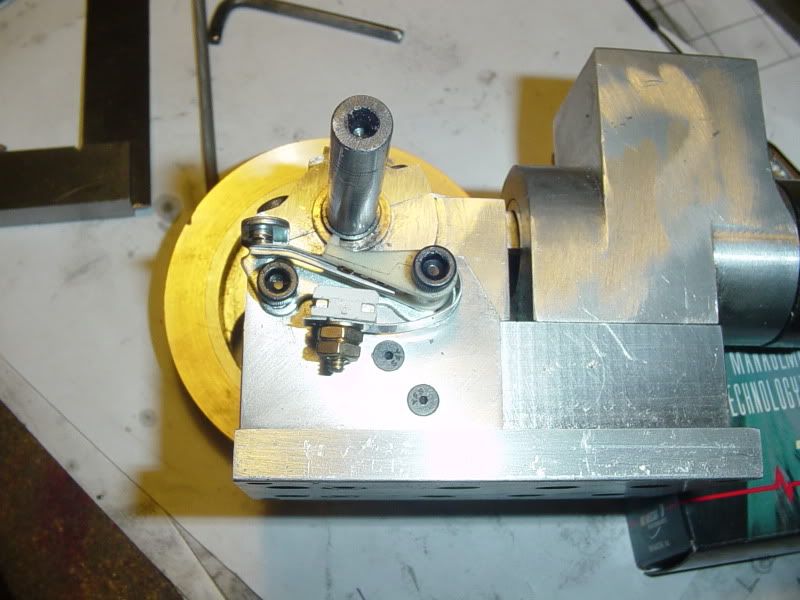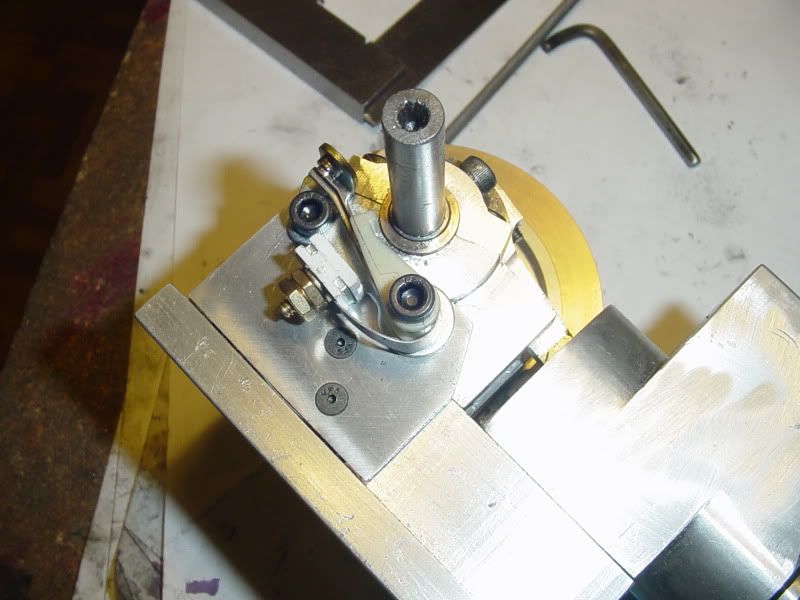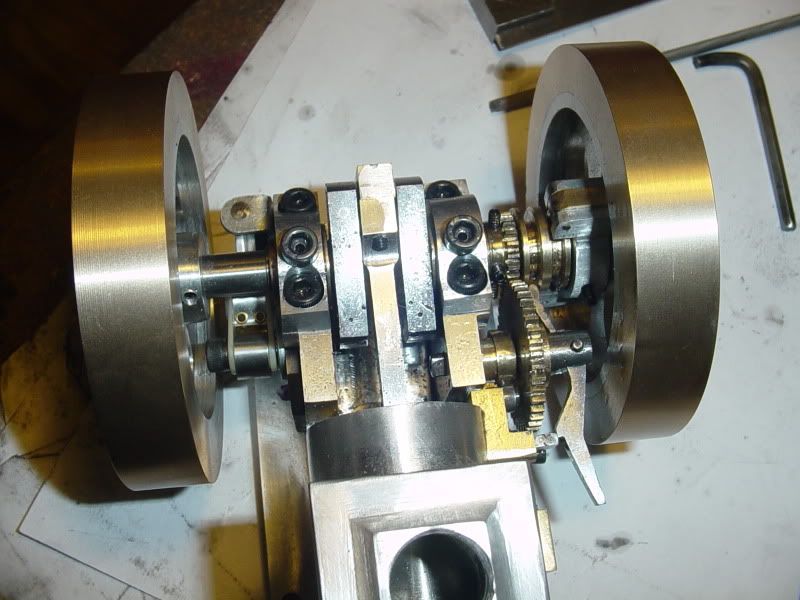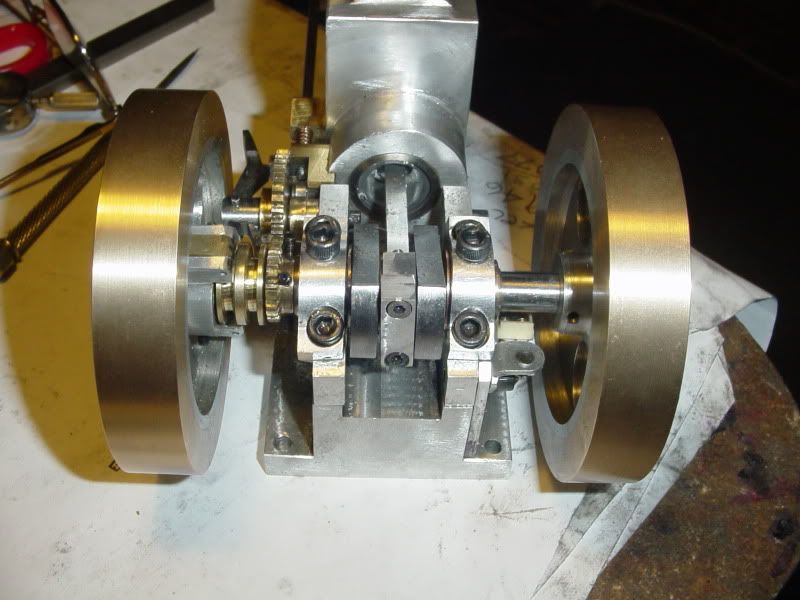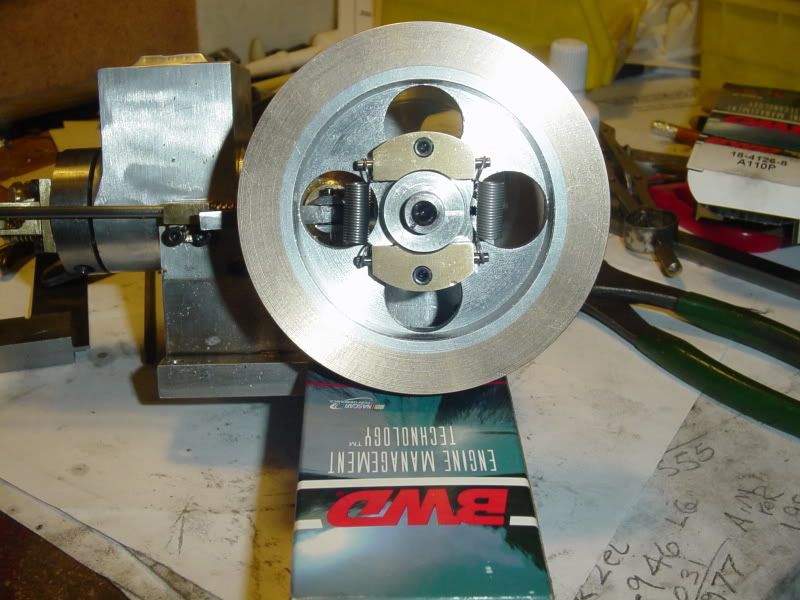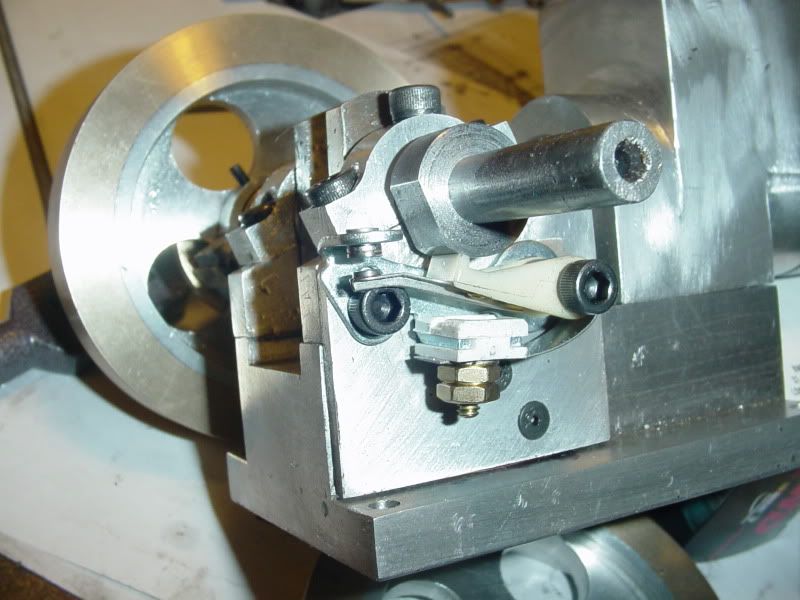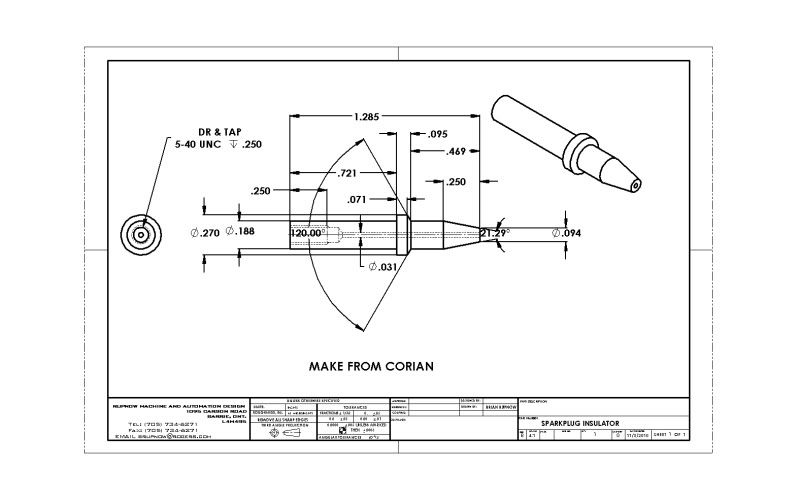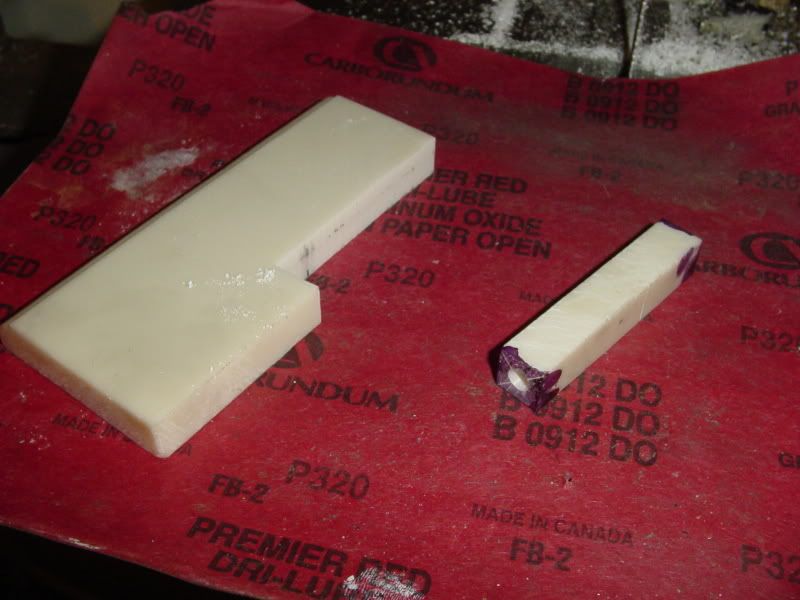These pictures show the governor weights from both sides of the flywheel in "high speed" mode, where high engine RPM has caused them to fly out as far as they can from the center of the crankshaft, and consequently moved the spool. On this model engine, the spools total travel is only about 0.080".
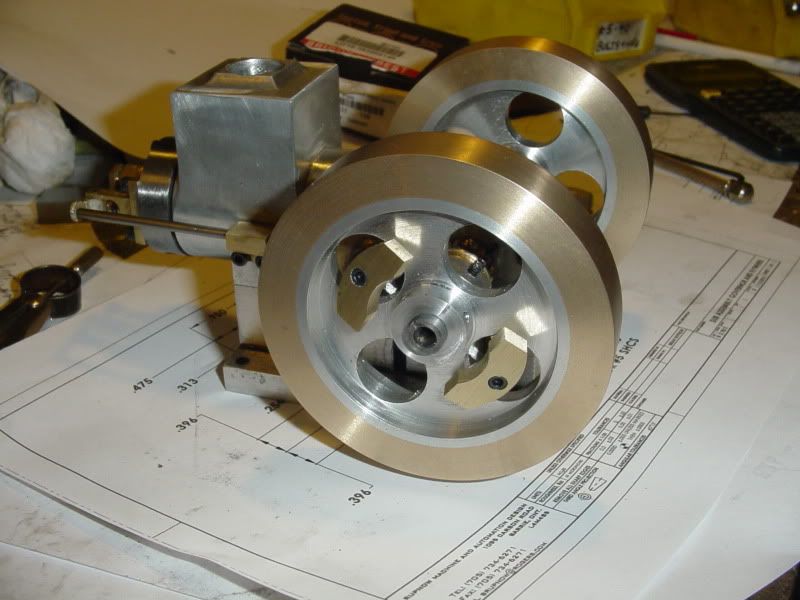
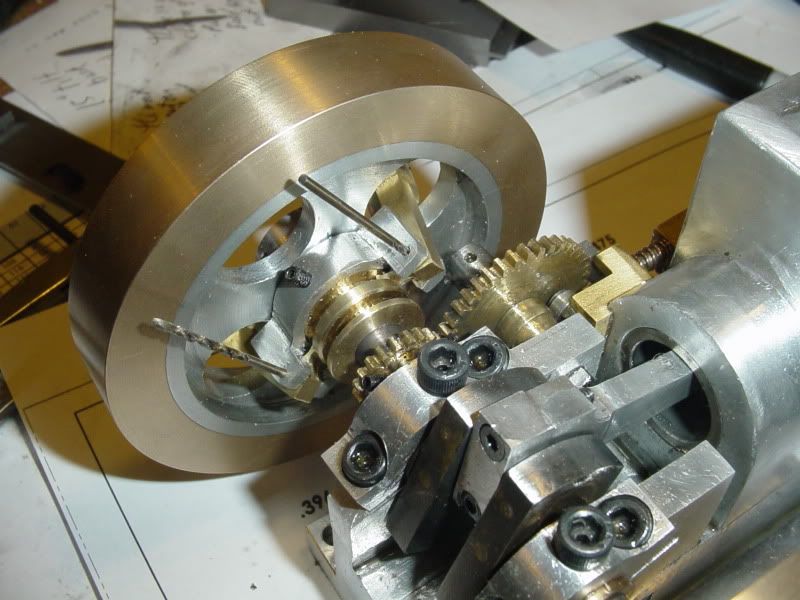







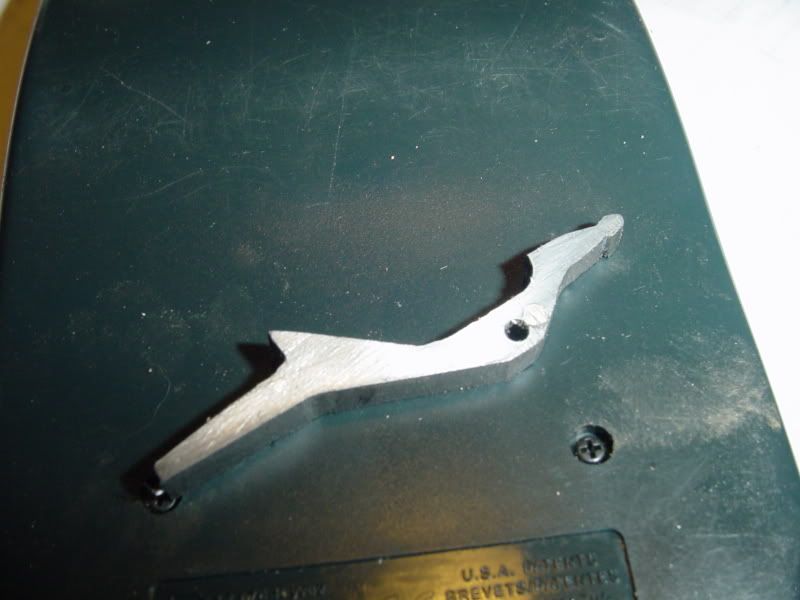
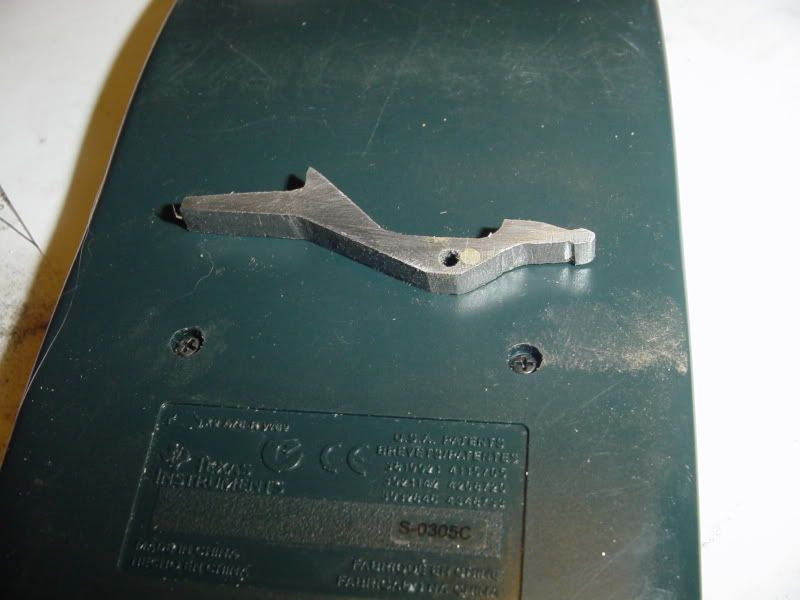
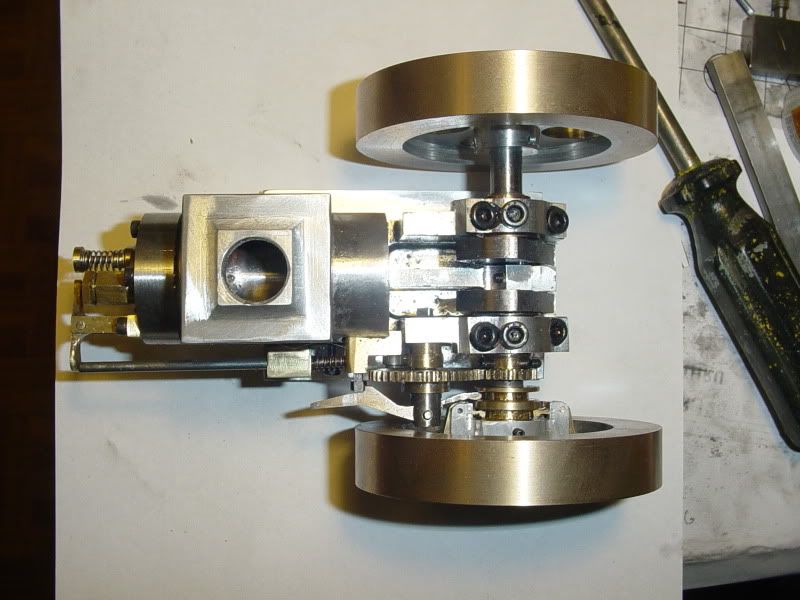
![MeshMagic 3D Free 3D Modeling Software [Download]](https://m.media-amazon.com/images/I/B1U+p8ewjGS._SL500_.png)














































![DreamPlan Home Design and Landscaping Software Free for Windows [PC Download]](https://m.media-amazon.com/images/I/51kvZH2dVLL._SL500_.jpg)









